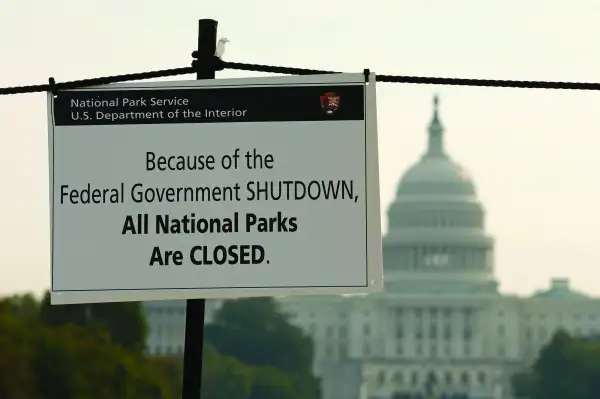The Insane Cost of the Border Wall if the Government Shuts Down
Money is not a client of any investment adviser featured on this page. The information provided on this page is for educational purposes only and is not intended as investment advice. Money does not offer advisory services.

If President Trump follows through on his promise and shuts down the government to force Congress to build a wall along the Mexican border, his controversial pet project could end up costing ten times more than current estimates, in real terms.
Here's why: In the past 18 federal government shutdowns since 1976, the stock market has lost 0.6% of its value, on average, according to an analysis by LPL financial. (In the handful of occasions in which Washington was shut down despite being controlled by a single political party, stocks fell more than 2% on average).
A 0.6% loss may not sound like much, but given that the total U.S. market is now worth around $25 trillion, that works out to a loss of $150 billion in real wealth.
Now, add to that what a shutdown could cost the actual economy.
The last time the government was forced to close — in 2013, when a divided Congress could not agree with then-President Obama on a budget due to battles over Obamacare funding — the showdown cost the domestic economy $24 billion and reduced that quarter's GDP growth by more than half of a percentage point, according to Standard & Poor's.
Next, factor in the cost of actually building the wall.
Earlier this year, the U.S. Department of Homeland Security estimated that erecting a system of walls and fences along the entire U.S.-Mexico border would require $21.6 billion.
A separate report prepared by Democrats on the Senate Homeland Security and Governmental Affairs Committee concluded that this estimate was too low — and that it could cost nearly $70 billion to construct such a wall and then would require $150 million annually to maintain it.
But even taking the more conservative figure, construction costs plus economic and market-related costs tied to a government shutdown would work out to nearly $200 billion, not the $21.6 billion cost according to Homeland Security.
